Nursing is a tough job and apparently, there are no shortcuts to providing good and quality care. However, this doesn’t mean we can’t make our lives easier while doing our job. Here’s a list of nurse life hacks that can show you exactly how.
1. Go slow when you prime your IV.
When you go full blast with the flow, there’s a good chance for tiny air bubbles to form within the tube. To avoid this, you can clamp the tube first, fill the drip chamber and let the fluid flow slowly. See also: 50 IV Therapy Tips and Tricks
2. Use gauze to prevent hair pulling when using a tourniquet.
The friction a tourniquet creates against hair can be painful to patients. To address this, try placing a thin sheet of gauze in between the tourniquet and your patient’s skin.
3. Prevent pinching
For this nurse life hack, fold a washcloth and tuck it under the front of the bedside commode seat to prevent pinching.
4. Use hydrogen peroxide for blood stains
While we technically have no problem seeing blood, having them on our white uniform or your favorite scrub suit is a different story. Instead of wearing blood stains as your battle mark the entire shift, you can apply a few drops of hydrogen peroxide as a stain remover! Nifty nurse life hack!
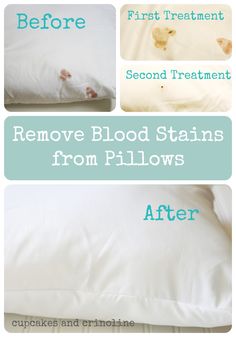
5. Didn’t hit the mark? Try double insertion of Foley catheters.
Missing the mark isn’t only common to new nurses. The truth is, whether you’re a veteran or not, we’ve all had our fair share of the experience. When inserting a foley cath to a female patient and you fail to get a return, leave the first catheter in place and try the same procedure with another Foley catheter, aiming higher this time.
6. Powder a bedpan
Powder a bedpan before you put a patient on it for easier evacuation; especially useful for obese patients.
7. Does the patient have needle phobia?
Have the patient take ten slow and deep breaths before sticking him for blood extraction. Breathing helps lessen fear and anxiety. If that doesn’t work:
8. Wiggle toes
As a form of distraction, let the patient wiggle his toes to divert his attention to it.
9. When the patient has a Foley and ambulates…
Tie a clean glove or tourniquet to the bottom of the IV pull and hang the Foley there.
10. Try the triple gloving method when handling code brown.
This nurse life hack doesn’t only save time, but it also limits the chances of your bare hands getting in contact directly with your client’s excretions. The first pair of gloves is meant for cleaning your patient’s poop. Strip the first pair and work with your second pair of gloves when putting on his new diaper. Take the second pair off and use the remaining pair of gloves on your hands in placing a fresh sheet on his bed and in disposing of waste.
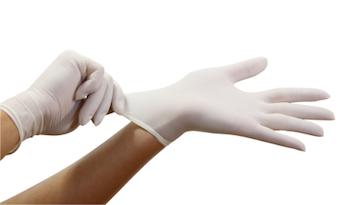
11. Can’t stand the smell? Add grounded coffee beans in your station.
Coffee powder is a good odor neutralizer, whether it’s coming from your emesis basin or a whole room. To do this trick, you can just put a small container filled with grounded coffee beans right at the center of the area.
12. Use alcohol swabs if you’re feeling nauseous.
You can swipe an alcohol swab under your nose for instant relief from nausea. You can also use this trick if you’re suffering from sinus pain.
13. Put peppermint oil in your mask for stinky situations.
Place a few drops of peppermint oil in your face mask and breathing through your mouth. Helpful for patients who feel like vomiting from the bad odors, too. Or you could…
14. Wear two masks.
Grab two masks and smear toothpaste on the inside of the second mask. This helps you tolerate the smell and stops from getting toothpaste or peppermint oil in your face or mustache.
15. You can also use alcohol on matted hair.
“If a hairbrush can’t get through my patient’s hair, I use a bit of alcohol to remove tangles. It works like a charm,” a veteran nurse shared. For this trick, you need to apply a few drops of alcohol on the area. The alcohol works by breaking any substance that’s causing the tangles. Make sure to gently but thoroughly rub it on the hair.
16. Try KY Jelly for dried blood.
Aside from lubricating certain body parts, you can also use KY Jelly to remove dried blood stains from your patient’s skin. It lifts the blood off of the surface to make it easier to swipe with a cotton ball. Make sure you’re still wearing your gloves while doing this trick and remember to wipe a good antiseptic on the area as well.
17. Clamp catheters with a syringe barrel
In case you ran out of Kelly clamps, you can use a syringe barrel. Just take the needle part off, pinch the tube between your thumb and index finger and insert it into the barrel. This is particularly helpful when your patient is on bladder training.
18. Avoid mess and dip to lube that Foley.
Instead of squirting the lubricant from its syringe into your Foley, remove the plunger off and stick the tip of the Foley directly into the barrel. This gives you more control and a well lubricated Foley tip without the mess.
19. Give hovering and overly-involved family members a job to do.
Families are often overwhelmed with the feeling of not being able to do anything, for this nurse life hack, involve them in patient care even with minimal tasks to help them feel like they’re participating. This is also an excellent way to establish rapport.
20. Place a urine bag before sticking a pediatric client.
“Put a urine bag on the kid before lab comes to stick ’em for blood. They’ll scream and usually pee themselves – BAM! Urine sample.” -HerpieMcDerpie/Reddit
21. Pause before leaving a room.
Before you leave a room, take a few seconds to check to see if there’s anything else you need and can do at that moment. This is particularly useful if you’re gowned, saving you a few minutes by simply pausing.
22. On priming a new tubing.
When you’re priming new tubing, clamp the tubing first, spike the bag, and slightly fill the chamber before priming. That’ll help prevent any air bubbles forming in the tubing.
23. Count the respirations when you’re taking a patient’s pulse.
When you’re checking respirations on a patient, don’t tell them what you’re really doing. Instead, act like you’re assessing his pulse and count the respirations. If you tell them you’re counting their respiration, they’d be conscious and will immediately begin to breath more which will give you an inaccurate reading. Much better if you could place his arm across the chest so you can feel it’s rise and fall.
24. Make wound assessment easier
When doing a skin assessment on a person with a bunch of wounds, bring another person with you to write each one down with measurements and what dressings you put on while you call them out on them. Doing so will prevent you the need to touch your pen and paper or regloving.
25. Shaving cream to remove stuck feces in body hair.
If you have a patient with BM stuck in their body hair, lather the affected area with shaving cream then wipe it off with a wet cloth. It will come right off.
26. Removing rings with an elastic strap.
Use an oxygen mask’s elastic strap to remove rings without cutting them off. Here’s a video on that technique.
27. Warm your stethoscope.
Nothing gives a jolt than a cold metal brushing through your skin. Warm your stethoscope by rubbing your hands together, the heat formed can be used to cup your stethoscope and warm them up.
28. Calm elderly or confused patients by giving them heated blankets.
The feeling of warmth will relieve restlessness and keep them from roaming around or getting out of the bed.
29. Keep a second uniform in your car for emergencies
There will be a time you’ll need one so always keep another set of scrubs.
30. For saltwater drowning victims
Place a sheet over the pillow and bed, use dry cloths with baby powder and the sand will be removed easily; roll up the sheet and remove.
What other nurse life hacks can you share?
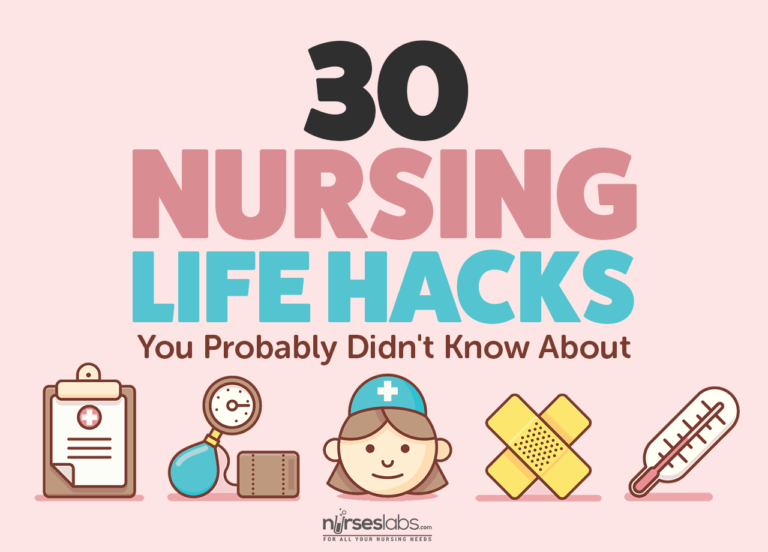
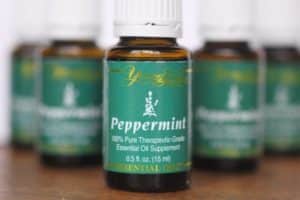
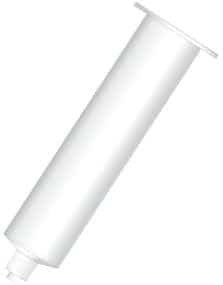
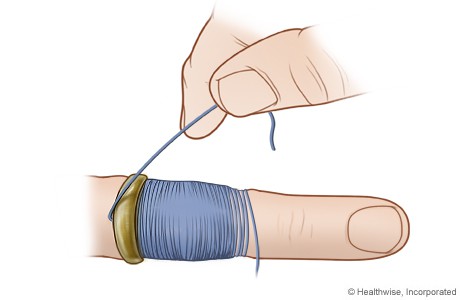


interusting
Very useful patient care technique for nurses…
So helpful 😉👍
From an old Navy nurse:to ease insertion of feeding/NG tube place in freezer compartment for 30mins. Then have them chew ice chips and swallow during insertion. The cold doesn’t seem to activate the gag reflex as much.
It’s extremely demeaning to elderly to is the word diaper. They have already lost most of their independence and this adds to it. I don’t think you would appreciate it very much if someone said you were wearing a diaper. As a nurse who has worked in long term care for over 15years they are referred to as briefs.
My residents didn’t love brief either. If they had the choice they would throw that term out as well. We used to say, let’s change into some fresh clothes. Saying brief, diaper, pamper etc all mean the same thing and they are all demeaning. Put we also had our share of residents that called it that as well. We also call them residents, because they live there long term and it is their home, not patients ( ; Also I think the term “elderly” is demeaning.
I question the Sterility of leaving a catheter in a Pt. while attempting to place a second one
The point is, the foley you’ve accidentally stuck into the patient’s vagina is non-sterile, because the vagina is not sterile, and you’ll need a second regardless. But by leaving that first foley in the vagina, you give yourself a landmark to find the urethra better with the second. The first one shouldn’t wiggle unless your patient is practicing kegel exercises. You could tuck the distal end of the first foley under the thigh or buttock to secure it if need be. Once you’ve gotten the properly placed foley in, you remove the one you accidentally put in the vagina.
Whenever you have to get a throat or nasal swab done have patient take a deep breath in and tell them to hold their breath, swab back of throat! You cannot gag if you aren’t breathing, works every time as long they don’t breath while swabbing. Works great with pediatric patients and less traumatic for everyone!
Very important to all Nurses, most especially the newbies 😊🤗
Hello, Hey there,
Thanks for the shout-out! 😊 Really glad to hear you find it important, especially for the newbies in the nursing world. If there’s anything else you think would be super helpful for those just starting out, or if you have any questions, feel free to share. Always here to support and learn together!
Wow, these nursing life hacks are brilliant! I never thought of using a pill organizer for my earrings during shifts. So practical and time-saving. Thanks for sharing these tips!
Hi Mary, So glad you found the nursing life hacks helpful! 😊 It’s amazing how little tricks like the pill organizer for earrings can make a big difference during busy shifts. Always happy to share tips that can make life a bit easier.
If you’ve got any cool hacks of your own or need more practical tips, just let me know. Love to keep the ideas flowing!